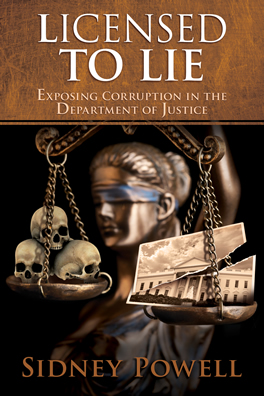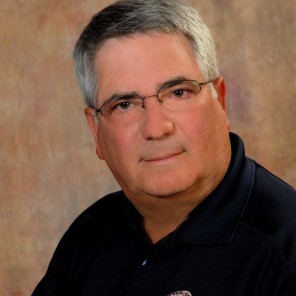“Parallel Construction”- A Euphemism for Government Agents Hiding Evidence and Making Pretextual Stops
![]() A Reuters Report this week reveals that DEA, IRS and other Federal Agencies have been keeping what amounts to a double set of files on their investigations- to hide evidence to which Defendants may very well be entitled as Brady or Giglio. In some cases, it may very well be justified for certain details not to be disclosed to a defendant. For example, there may be a need to protect the life of an informant, true national security issues, or an ongoing investigation, but those matters should at least be disclosed to a federal judge for her to decide what information needs to be withheld. Quoting from the Reuters article:
A Reuters Report this week reveals that DEA, IRS and other Federal Agencies have been keeping what amounts to a double set of files on their investigations- to hide evidence to which Defendants may very well be entitled as Brady or Giglio. In some cases, it may very well be justified for certain details not to be disclosed to a defendant. For example, there may be a need to protect the life of an informant, true national security issues, or an ongoing investigation, but those matters should at least be disclosed to a federal judge for her to decide what information needs to be withheld. Quoting from the Reuters article:
“Internal training documents reported by Reuters this week instruct agents not to reveal information they get from a unit of the U.S. Drug Enforcement Administration, but instead to recreate the same information by other means. A similar set of instructions was included in an IRS manual in 2005 and 2006, Reuters reported.
The DEA unit, known as the Special Operations Division, or SOD, receives intelligence from intercepts, wiretaps, informants and phone records, and funnels tips to other law enforcement agencies, the documents said. Some but not all of the information is classified.
In interviews, at least a dozen current or former agents said they used “parallel construction,” often by pretending that an investigation began with what appeared to be a routine traffic stop, when the true origin was actually a tip from SOD.”
When companies or individuals do things like this, it is called “cooking the books” or “fraud.”
Apparently, it has been going on daily in federal law enforcement since the 1990’s. And, yet again, people seem to think that the Justice Department can investigate itself and solve the problem alone. That hasn’t worked out very well so far. Transparency-although promised-had been non-existent in this administration, and Holder is so into himself already that is all he can see.













